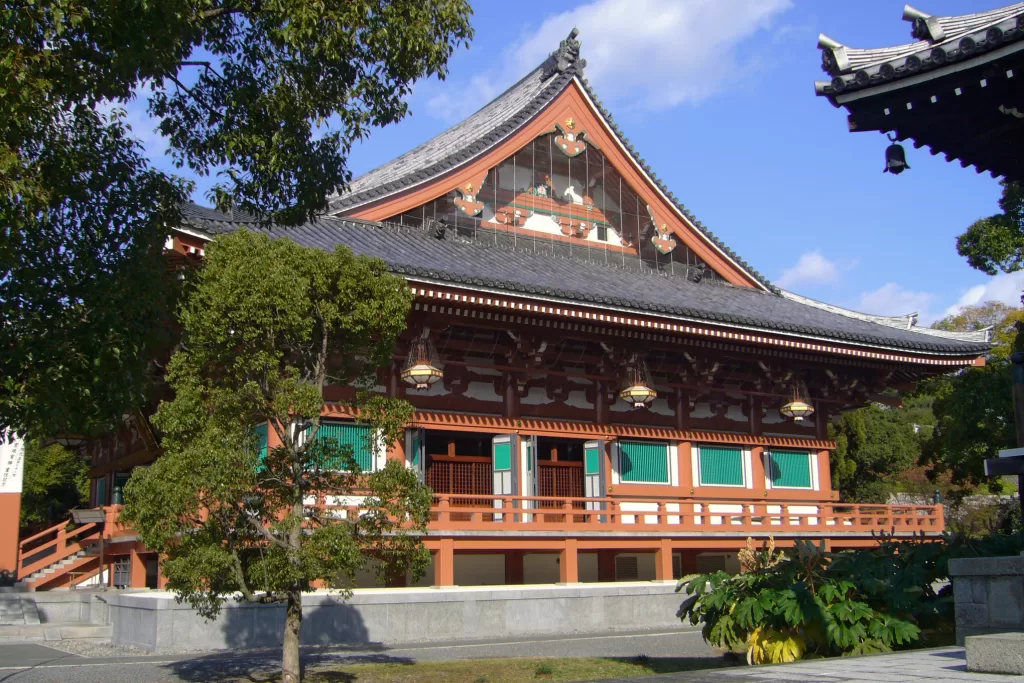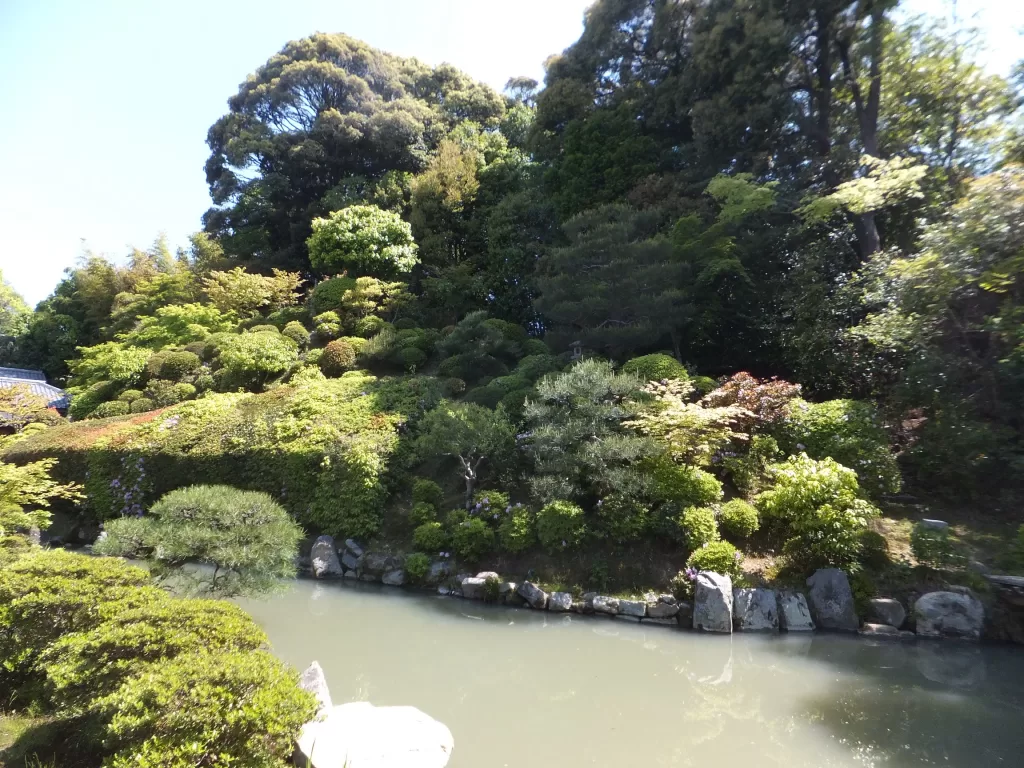Chishaku-in Temple Hosts Annual Aoba Matsuri

The Shingon Buddhism’s Celebration of Births
Chishakuin Temple, known for its panel paintings and gardens, comes alive every year with the Green Leaves Festival or Aoba Matsuri. Celebrated on June 15, this festival marks a significant event in the calendar of followers of the Chisan Shingon sect.
Named in honor of the founder of Shingon Buddhism, Kōbō Daishi (Kūkai), who was born on June 15 in Hōki’s 5th year (774 AD), and its restorer, Kōgyō Daishi (Kakuban), whose birth anniversary is on June 17 in Kahō’s 2nd year (1095 AD), the festival serves as a vivid reminder of their influential teachings. It highlights the importance of returning to one’s roots, symbolized by Shingon practitioners reflecting on their mountain training.
Under the guidance of the head priest of Chishakuin temple, several unique events are organized throughout this day, including special Buddhist memorial services open to everyone. Definitely, one of the most fascinating Kyoto events in June.
Involvement of Shugendō Practitioners
A group worth noting participating in this festival is those who practice shugendō -essentially a synthesis of mystical practices and philosophies thought to have emerged during the Heian period. Coming directly from weeks of arduous ascetic meditation and yoga on Mt. Ōmine in Nara, these practitioners have always played a crucial role in Aoba Matsuri.
The Fire Ritual – Highlight Event
Every Aoba Matsuri features a fire ceremony embodying a symbolic link between heaven and earth. This ancient practice is seen as central to celebrations related to syncretic religious groups reflecting on esoteric secrets returned alongside Kūkai from China.
Glimpses into Chishakuin Temple’s History
Constructed originally far south of Kyoto at Koyasan in Wakayama to mark Toyotomi Hideyoshi’s son Sutemaru’s memory, Chishakuin Temple came to its current location under Tokugawa Ieyasu’s orders in 1598. The temple gardens had been reconstructed following a fire incident in 1674 but suffered another fire later that led to serious damage.

Fascinating Attractions within the Temple Premises
Chishakuin has famed gardens believed to be the brainchild of Momoyama Period tea master Sen-no-Rikyu (1522-1591). These gardens bloom with azaleas in late April and early May, accentuating the temple’s inherent aesthetics.
Despite devastating fires over the years damaging some precious gems including priceless sliding screens by Kano School painters Eitoku and Sanraku, half of the original paintings commissioned remain intact. These panel paintings lure visitors with their grandeur and profundity; prominent among them are Pine Tree and Flowering Plants, Cherry and Maple Trees, Pine and Plum Trees.
At The Heart of Japan Temples & Shrines Pilgrimage
Situated just across Kyoto National Museum street and within short walking distance from Sanjusangendo—the temple holds an esteemed place as part of Kyoto Jusan Butsu pilgrimage. This historical destination offers an unforgettable experience for visitors due to its unprecedented spiritual milieu aligned with nature’s soul-stirring beauty—a testimony to Japan’s profound Buddhist legacy.
If you are in Kyoto during June, don’t miss the vibrant and enchanting Ajisai Matsuri in June. As you explore the gardens, you’ll be surrounded by various hydrangeas in vibrant colors, creating a stunning sight that will leave you in awe. Indulge in the delightful hydrangea-themed food and immerse yourself in the captivating atmosphere of the festival. With its unique blend of nature, culture, and entertainment, the Kyoto Ajisai Matsuri in June promises an unforgettable experience for visitors worldwide.